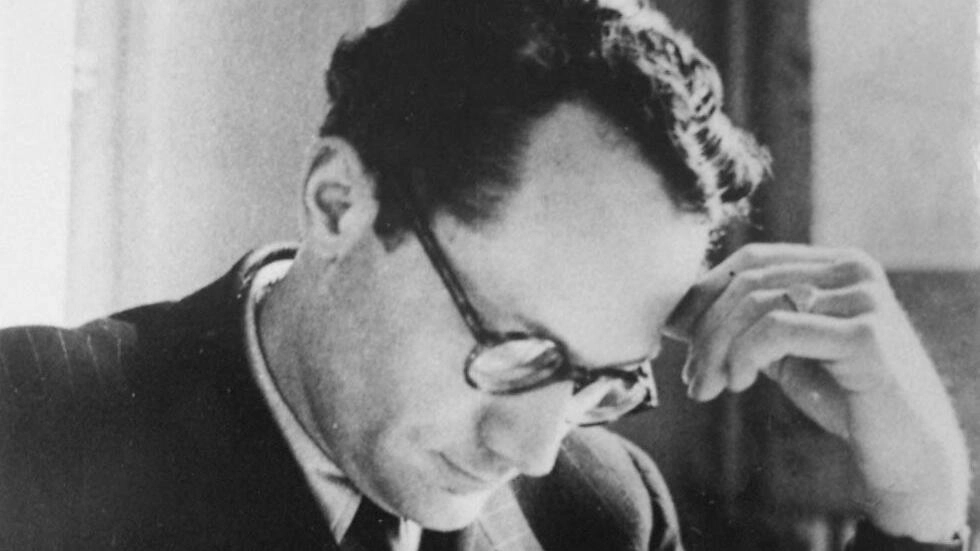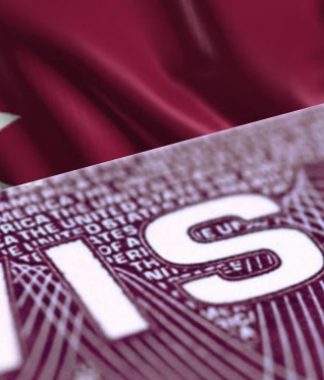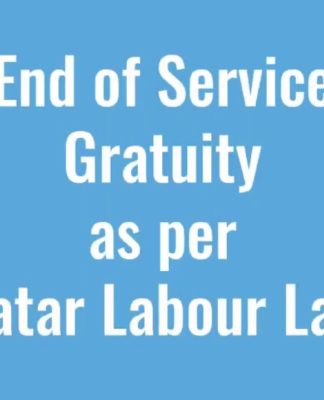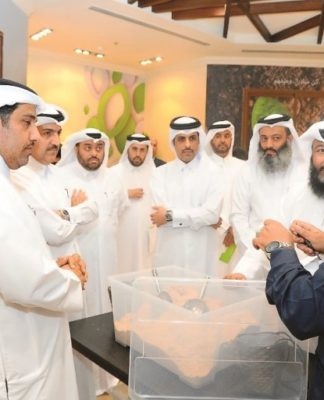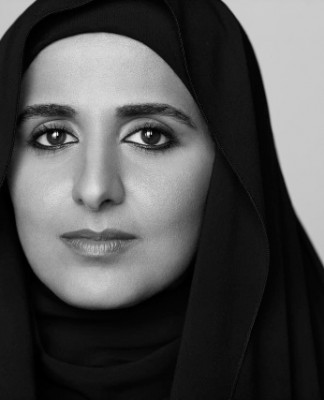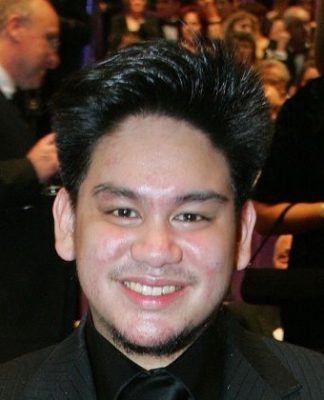/ Europe
UNSUNG HERO
Netflix devotes series to Varian Fry, the man who saved thousands from Vichy France in WWII
Issued on: 21/04/2023 – 15:05
Modified: 21/04/2023 – 15:14
A photo taken in the 1940s of Varian Fry, a US citizen who saved some 2000 anti-Nazi artists between 1940 and 1941 in the South of France.
A photo taken in the 1940s of Varian Fry, a US citizen who saved some 2000 anti-Nazi artists between 1940 and 1941 in the South of France. © Georges Gobet, AFP
Text by:
Sonya CIESNIK
6 min
The story of Varian Fry, a US journalist who helped some 2,000 of Europe’s imperilled artists, writers and refugees escape from Nazi-occupied Europe, has inspired the new Netflix series “Transatlantic”. FRANCE 24 takes a look at a hero who risked his life many times over before falling into relative anonymity.
The new Netflix series “Transatlantic” dramatises the short but intense period of Fry’s life when he helped found the Emergency Rescue Committee and enabled hundreds of illustrious writers, artists and refugees to flee Vichy France.
Varian Fry, enamoured by European artists and writers, first travelled to Berlin in 1935 as a bookish and scholarly young journalist. But instead of finding high culture, he witnessed first-hand the violence meted out by fascist thugs in the streets of the German capital. He saw the SS beating and bloodying Jewish women and men, later writing that the police didn’t make any effort to save the victims from the brutality, instead trying to clear the area for cars to get through.
In June 1940, Nazi forces marched into Paris, creating a massive exodus of refugees to the south of France. Driven by his abhorrence for Nazism and all that it stood for, Fry helped found the Emergency Rescue Committee (ERC). Its mission was to help anyone persecuted by the Nazis, including European writers, artists or intellectuals, both Jewish and non-Jewish.
Official trailer
On August 4, Fry boarded a transatlantic flight from New York to German-occupied France with $3,000 strapped to one leg and a list of 200 European artists and intellectuals thought to be in danger compiled by the ERC. The list included many of the most influential figures of the 20th century, including painter Marc Chagall, French surrealist André Breton, author Walter Mehring, German-born painter Max Ernst and musician Alma Mahler.
From Paris, Fry took a train to Marseille where he created an office at the Hôtel Splendide overlooking the Marseille’s Old Port. With the help of Mary-Jayne Gold, an American heiress who supplied funds and connections, and Albert O. Hirschman, a German-Jewish intellectual, Fry began contacting the people on his list, telling them he could help them repatriate.
‘Refugees were racing towards Marseille in the early 1940s’
Word of Fry’s rescue operation quickly got out and soon hundreds of people were lining up outside his office. The phone was constantly ringing and a typical day could involve up to 120 interviews. “Refugees were racing toward Marseille in the early 1940s because it was the only point of passage through which they could board a ship and escape France. The only other route was through the Pyrenees leading into Spain,” said George Ayache, a French author and historian. “In the very beginning, France was divided into two zones: the north, occupied by Nazis, and the south, administered by the French government of Marshal Philippe Pétain based in Vichy. There was more freedom in the south than in the north.”
It was this relative freedom that Fry and his colleagues seized upon when they started forging passports and securing passage on ships headed to the United States and other locations. The window of opportunity would soon close. “By 1942, the Germans occupied the entire country, including the south. Leading up to the occupation, it was practical for the Germans to have a regime that governed in their place,” said Ayache.
The links between Vichy and the Nazi regime are depicted in “Transatlantic” through the character of Philippe Frot, portrayed by Grégory Montel, a zealous French police officer determined to please the German occupiers and present a “clean image” of the city. He patrols the port area and its environs, determined to root out the hideaways seeking shelter in the dark corners of the city and send them to the Camp des Milles, an internment camp north of the city.
The perilous evacuations were further complicated by Fry’s inability to discern who was really at risk. “We had no way of knowing who was really in danger and who wasn’t,” wrote Fry in his memoir “Assignment: Rescue”. “We had to guess, and the only safe way to guess was to give each refugee the full benefit of the doubt. Otherwise we might refuse to help someone who was really in danger and learn later that he had been dragged away to Dachau or Buchenwald because we had turned him away.”
Part of Fry’s mission included hiding refugees at Bel-Air, an immense villa east of Marseille. The Provençal residence was nicknamed “Chateau-espère-visa” (“Visa-hope-castle”) by the Russian revolutionary writer Victor Serge, who was a guest. The villa also opened its doors to Spanish painter Remedios Varo, German philosopher Hannah Arendt, French painter and surrealist artist Jaqueline Lamba, and French poet René Char, among others. The artist Marc Chagall, accompanied by his wife Bella, took a long time to decide whether to leave Europe, refusing to go until they were sure to be able to leave with all his paintings.
In one of the most spectacular scenes of “Transatlantic”, Fry and his colleagues organise a birthday party for surrealist painter Max Ernst at the villa. Along with some of the artists and thinkers who helped define the 20th century, they dine and later spend the night dancing in the villa’s garden. The show is less of a period drama than it is a comedy taking place in dark times, celebrating the humanity of certain individuals in treacherous situations.
US divided over wartime role
The activities of Fry and his colleagues quickly earned the disapproval of US Consul General Hugh Fullerton (renamed Graham Patterson in the show and played by Corey Stoll). To the US authorities, Fry was a troublemaker who undermined official policy. For Ayache, the US government had a troubled position before 1942 and hesitated over what role they should play in World War II before Japan’s attack on Pearl Harbour. “They had an American representative for the Vichy government. They didn’t help the allies and they did even less to help the resistance.”
Daily newsletter
Receive essential international news every morning
Subscribe
During the 13 months he spent in France, Fry helped some 2,000 refugees to leave. But his network of allies and their activities took on such significant proportions that it became impossible to keep them secret. After months of spying on Fry and his colleagues, the French police decided to act and raided his offices. In December 1940, he was arrested and briefly held on a prison ship in the Marseille harbour. But he chose to stay in France, even after his passport expired, so that he could continue his activities. He was eventually arrested by the French police in August 1941 and brought to the Spanish border. He was informed that his deportation had been ordered by the French Ministry of the Interior with the consent of the American Embassy.
Official honours came late
Back in the United States, Fry wrote an article for The New Republic magazine in 1942 entitled “The Massacre of the Jews”. It went unnoticed. The atrocities continued as Western powers looked away.
Fry struggled to adjust to civilian life after leading missions in occupied Europe. His wife divorced him, the army deemed him unfit for service and even the ERC severed ties with him after he publicly criticised the US State Department. He would spend the rest of his life teaching and writing in relative obscurity. A brain haemorrhage at the age of 59 cut his life short.
Official honours came late: Fry received the Légion d’Honneur, France’s highest order of merit, shortly before his death in 1967. It wasn’t until 2000 that a monument was inaugurated by Marseille’s city hall in honour of Fry, even though he was the first American to be recognised as “Righteous Among the Nations” by the State of Israel in 1994.
Although highly fictionalised, “Transatlantic” shows how one individual had an impact on thousands of lives. Filming of the show began in March 2022 and coincided with the outbreak of war in Europe, as Ukrainian refugees poured into Europe seeking safety after the Russian invasion. With its themes of statelessness and the refugee experience, the story of Varian Fry still resonates today.
Read more on related topics:














